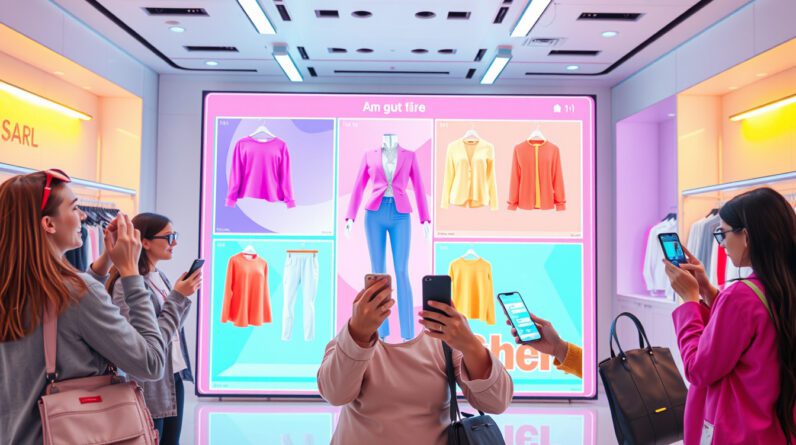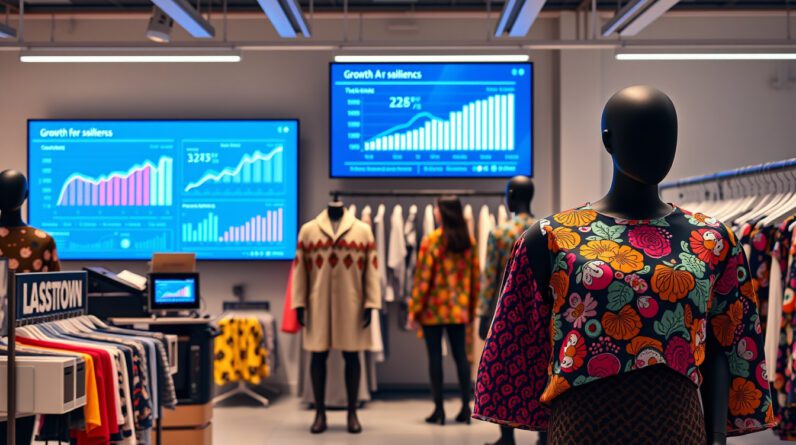
Introduction
Artificial intelligence (AI) is rapidly transforming the fashion industry, from design and manufacturing to marketing and sales. While AI offers a plethora of opportunities for innovation and efficiency, it also presents unique challenges, particularly concerning compliance. As AI becomes increasingly integrated into fashion, businesses must proactively address potential risks to ensure ethical, legal, and responsible implementation. This article delves into the crucial aspects of AI compliance in fashion, providing a comprehensive guide to navigate this evolving landscape.
Understanding AI in Fashion: A Paradigm Shift
AI is revolutionizing the fashion industry in unprecedented ways. Let’s explore some key applications:
1. Design and Product Development
AI-powered tools are transforming how designers conceptualize and create fashion. From generating trend forecasts and suggesting design elements to creating virtual prototypes and optimizing fit, AI streamlines the design process, fostering creativity and efficiency.
2. Manufacturing and Supply Chain Management
AI optimizes manufacturing processes through automation, predictive maintenance, and quality control. By analyzing data from various sources, AI identifies bottlenecks, predicts potential disruptions, and enhances overall efficiency in the supply chain.
3. Personalized Customer Experiences
AI personalizes the shopping journey by analyzing customer data to offer tailored recommendations, predict preferences, and provide customized styling advice. This level of personalization enhances customer satisfaction and drives sales.
4. Marketing and Sales Optimization
AI empowers fashion brands to target the right audience with personalized marketing campaigns. By analyzing consumer behavior and market trends, AI optimizes ad spending, predicts customer churn, and enhances overall marketing ROI.
Navigating the Compliance Landscape
While the benefits of AI in fashion are undeniable, it’s crucial to address the associated compliance challenges:
1. Data Privacy and Security
AI relies heavily on data, raising concerns about the collection, storage, and use of personal information. Fashion brands must comply with data protection regulations like GDPR and CCPA, ensuring transparency, consent, and data security measures.
2. Bias and Discrimination
AI algorithms can inherit biases from training data, leading to discriminatory outcomes. For instance, AI-powered hiring tools might perpetuate existing biases in the fashion industry. It’s vital to mitigate bias through diverse datasets, algorithmic fairness assessments, and ongoing monitoring.
3. Intellectual Property Rights
The use of AI in design raises questions about intellectual property ownership and copyright infringement. Fashion brands must navigate the complexities of AI-generated designs, ensuring compliance with IP laws and protecting their creative assets.
4. Transparency and Explainability
The lack of transparency in AI decision-making processes, often referred to as the black box problem, raises concerns about accountability and trust. Fashion brands should strive for explainable AI, providing insights into how AI systems arrive at specific outcomes.
Ensuring AI Compliance: A Proactive Approach
To harness the power of AI responsibly, fashion businesses should adopt a proactive approach to compliance:
1. Conduct Thorough Risk Assessments
Identify potential risks associated with specific AI applications in your business. Assess the impact on data privacy, bias, IP rights, and other relevant compliance areas.
2. Implement Robust Data Governance Frameworks
Establish clear policies and procedures for data collection, storage, usage, and sharing. Ensure compliance with relevant data protection regulations and obtain necessary consents.
3. Prioritize Algorithmic Fairness and Transparency
Implement measures to mitigate bias in AI algorithms. Use diverse datasets, conduct fairness assessments, and provide explanations for AI-driven decisions.
4. Address Intellectual Property Considerations
Develop clear guidelines for AI-generated designs, addressing ownership rights, copyright issues, and potential infringement risks.
5. Foster Collaboration and Industry Standards
Engage in industry-wide discussions and collaborations to establish best practices and standards for responsible AI development and deployment in fashion.
6. Stay Informed and Adapt
AI regulations and ethical considerations are constantly evolving. Stay abreast of the latest developments, engage in ongoing learning, and adapt your compliance strategies accordingly.
Conclusion: Embracing AI with Responsibility
AI’s transformative potential in the fashion industry is undeniable. By proactively addressing compliance challenges and adopting a responsible approach, fashion businesses can harness the power of AI to drive innovation, efficiency, and sustainability while ensuring ethical and legal practices. As AI continues to shape the future of fashion, a steadfast commitment to compliance will be paramount in fostering trust, transparency, and long-term success.





